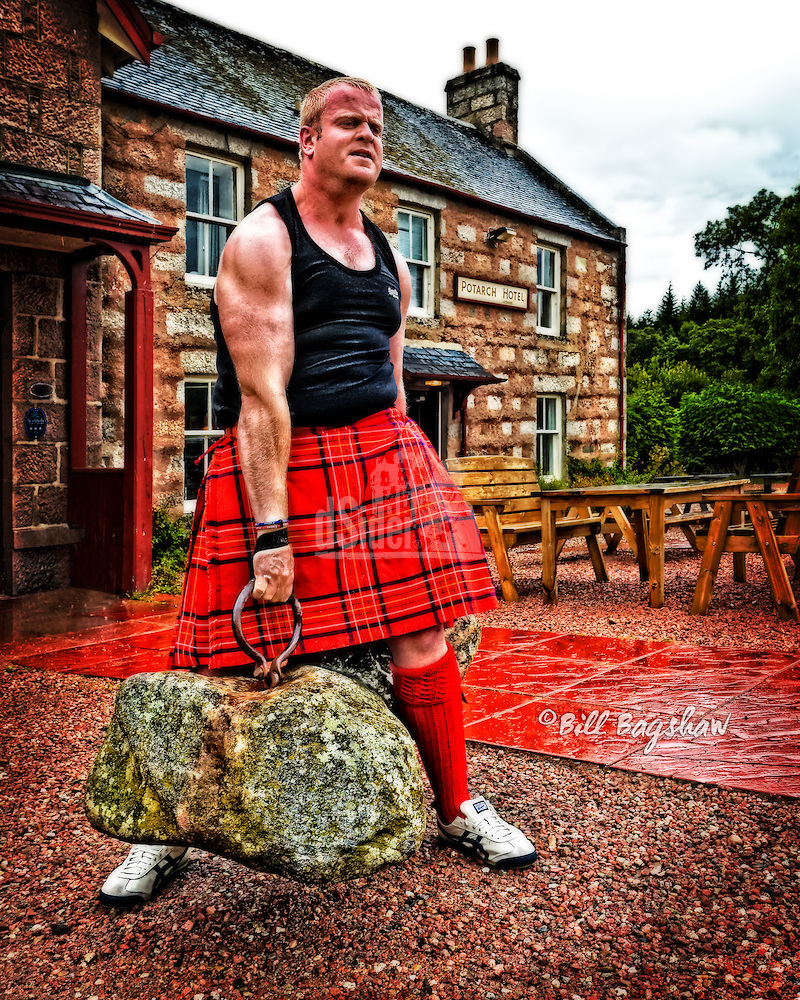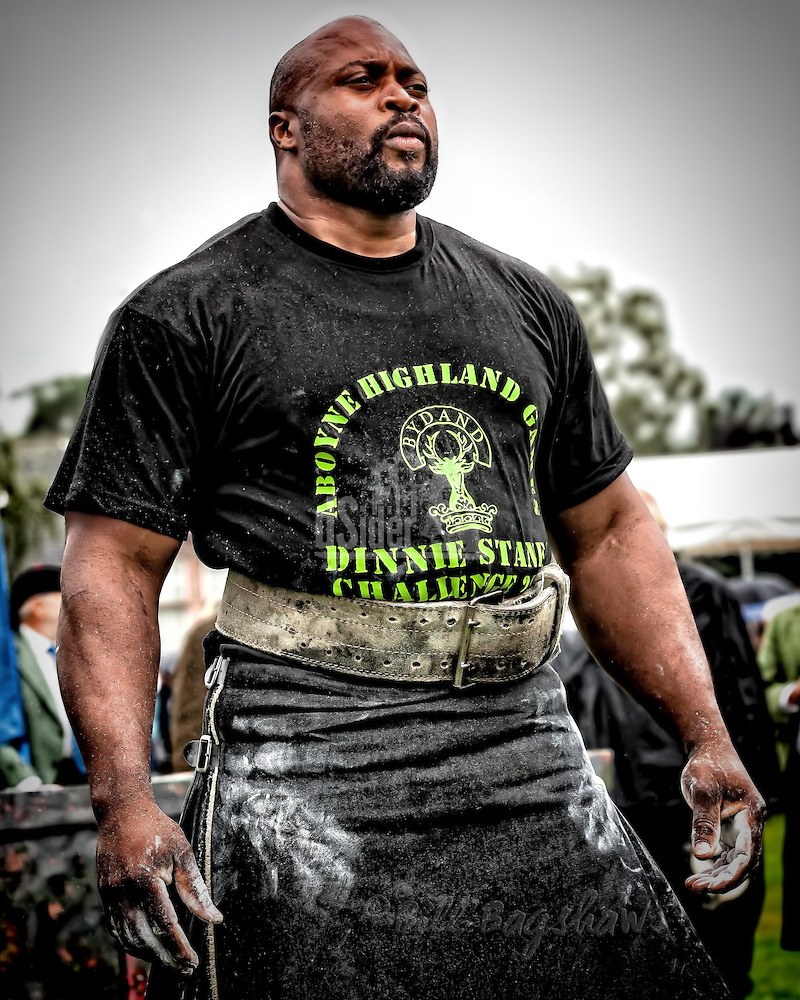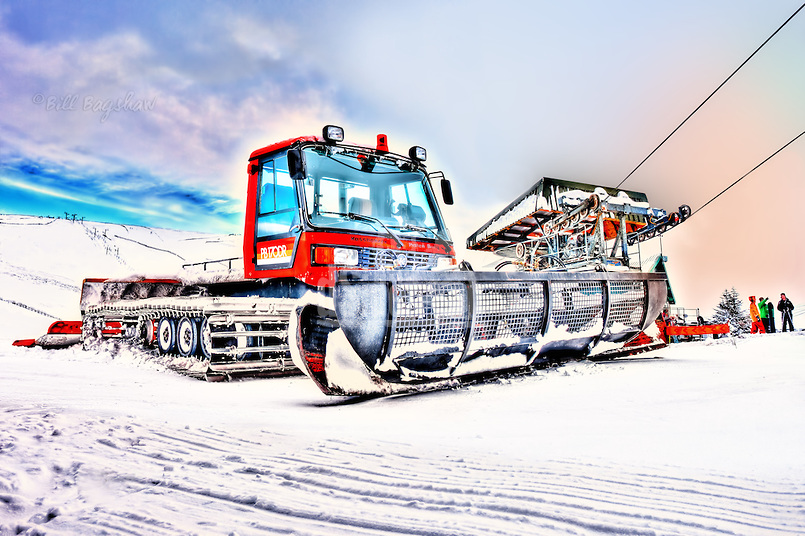Posts Tagged: Scottish Highland Games
Highland Games Heavy Events
Highland Games Heavy Events.
Highland Games Heavy Events are a fore runner of the modern Olympic Games.
Donald Dinnie from Birse, Aboyne was the worlds first sporting superstar due to his Highland Games exploits.
This is a collection of highland games heavy event photos from Aboyne Highland Games, Ballater Highland Games and Braemar Gathering. Photographs by Bill Bagshaw
Highland Games Heavy events include tossing the caber, weight for distance, hammer throwing, putting the stone or ball, and weight over the bar.
Click here for The Dinnie Stones
Putting the stone or ball. This is where the Olympic event of putting the shot came from.
Weight for distance. – The competitor spins around to throw a heavy weight on the end of a chain. One hand is used to throw the weight and the other arm is used for rotational balance. The competitor throws the weight as far as he can.
Throwing the hammer. The hammer is spun around the head several times using both hands and then released. The competitors have long spikes attached to the front of their boots to anchor them to the ground.
Weight over the bar (for height) A weight is thrown upwards over a bar; which is raised up, to assess the highest height achievable.
Tossing the caber. Competitors balance a long wooden pole on one end then run with it until they are going fast enough to tip it over end over end. The caber is thrown for accuracy and not for distance.
The Dinnie Stones
The Dinnie Stones
The Dinnie Stones are located outside the Potarch Hotel between Aboyne & Banchory, Aberdeenshire, Scotland. Together they weigh approximately 8 cwt.
Legendary, world famous Scottish strongman Donald Dinnie was born at Birse by Aboyne in 1837, the son of a stonemason. Donald Dinnie was the worlds first sporting superstar and achieved international fame from his exploits in America, Canada and Australia.
Potarch hotel is currently closed and scheduled for redevolopment. The Dinnie Stones could be stored elsewhere
The Dinnie stones are 2 giant rocks. In the 1830’s huge iron rings were attached to the stones so that they could act as counterweights; for scaffolding; during the pointing of Potarch Bridge.
Ordinary folk would struggle to lift even the smallest Dinnie Stone. Donald Dinnie carried them both across the width of Potarch Bridge, and back – a distance of 4-5 yards.
Several people have successfully lifted both Dinnie Stones, but walking with them is completely different !
The photo shows both Dinnie Stones being lifted by Aboyne strongman and Highland Games Heavies participant Tommy Fyvie.
Potarch Bridge spans the beautiful River Dee, on Royal Deeside, Aberdeenshire, Scotland.
Click here for Aboyne Highland Games Mark Felix attempts to lift Dinnie Stones-click here
Tommy Fyvie takes the strain and the pain as he lifts both Dinnie Stones.

Mark Felix attempts to lift both Dinnie Stones and walk with them

Glenshee Ski Centre

Piste basher at Glenshee Ski Centre. Click here to go to Ski Centres page.
Click here to go to Cairnwell 3 man chairlift © Bill Bagshaw
Sunnyside ski slopes can be seen behind one of Glenshees’s smaller Kassbohrer piste bashers.
Behind the Sunnyside slopes are another 2 valleys of uplift, Meall Odhar and Glas Maol.
Piste Basher is the popular European term for a snow groomer.
To the right of the photo is the Baddoch chairlift which links the base station to Cairnwell, Carn Aosda and Butcharts ski and board areas.
Cairnwell is derived from a gaelic name meaning “hill of bags”
New Cairnwell 3 man Charlift at Glenshee



